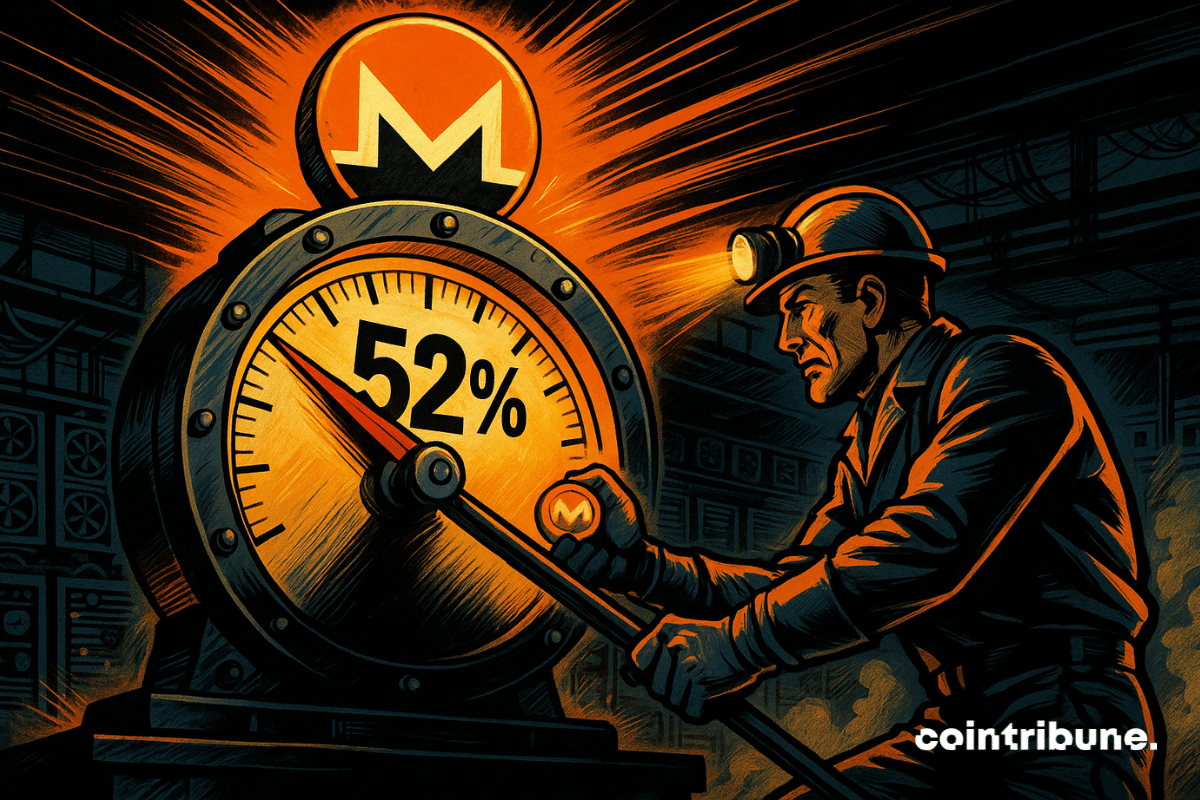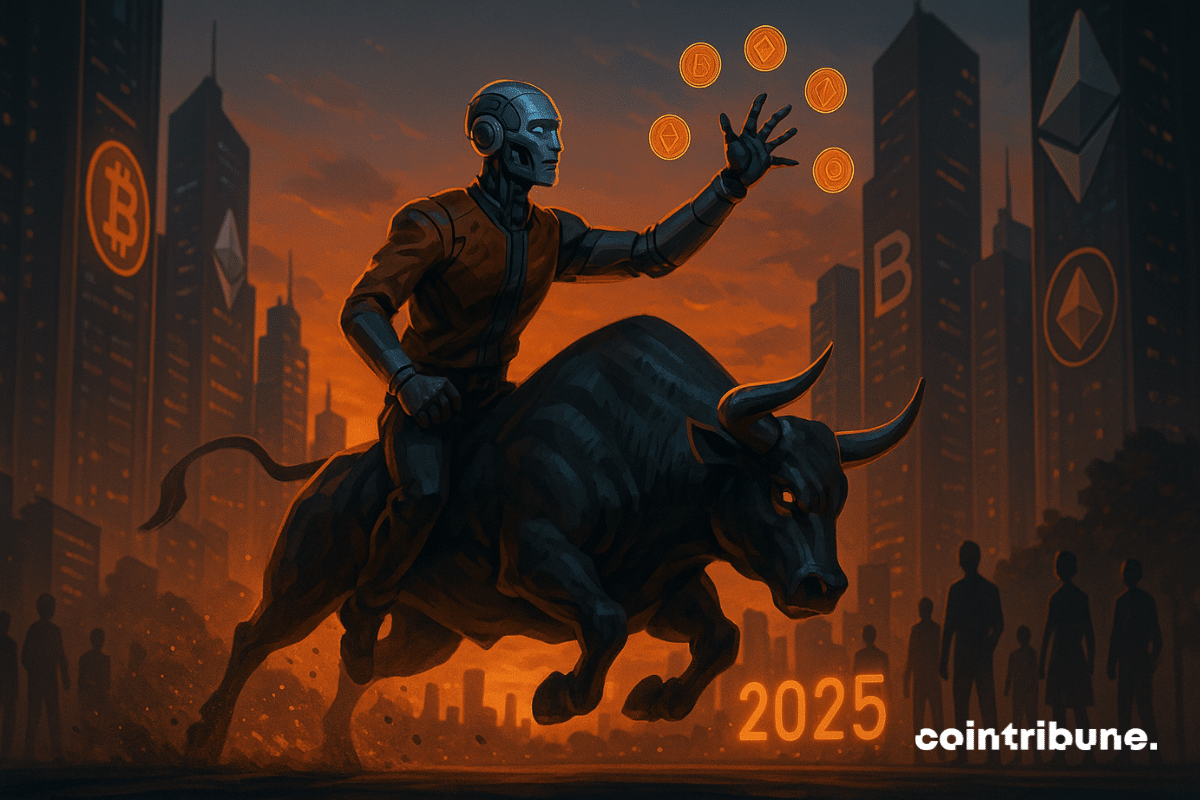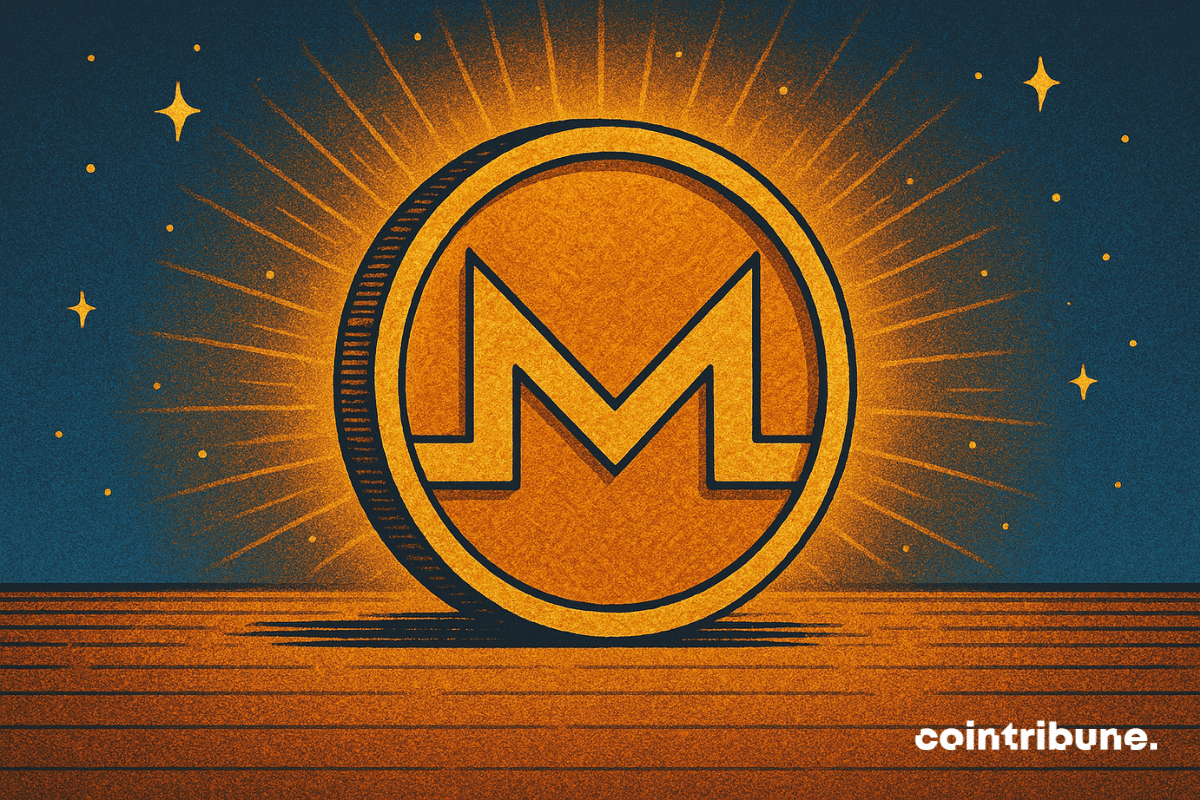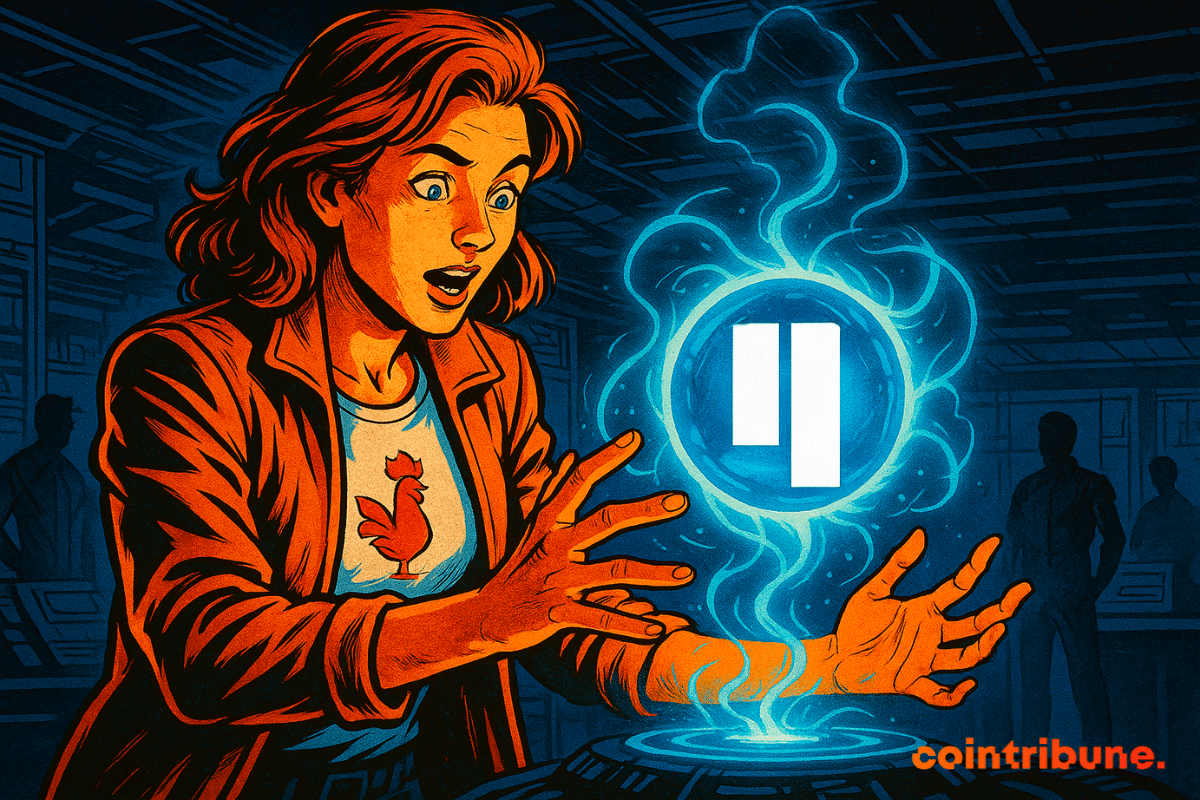The Qubic network (QUBIC) surprised by temporarily reaching 52.72% of Monero’s (XMR) total hashrate, with a computing power of 3.01 GH/s. This technical performance, although brief, shows the power of this project.
Qubic (QUBIC)
The demand for computing power, autonomous agents, and open markets for models is exploding, while centralized players (Big Tech & Clouds) concentrate the supply. The crypto market tries to respond with decentralized architectures that reward resource contributions (GPU, models, data, security) and align incentives via a token.
Monero, the privacy-focused crypto veteran, is looking at a potential existential crisis as rival blockchain Qubic inches closer to launching a 51% attack. This is a rare, controversial, and deeply destabilizing move in the crypto world.
Imagine the Louvre Carousel filled with computers, post-its, and high-fives among coders: that’s how the RaiseHack finals took place on July 8-9, in parallel with the RAISE Summit, the main European gathering dedicated to AI. The 2025 edition truly earned its title of the world’s largest AI hackathon: over 6,000 developers registered across all Tracks, a record certified by the organizing foundation.
During the Qubic 2025 Hackathon in Madrid, a French team stood out among the best global talents. Under the name QuLang and supported by Frekaz Group, this delegation immersed itself for 48 hours in the demanding universe of Qubic, characterized by technical intensity, teamwork spirit, and decentralized ambition.




